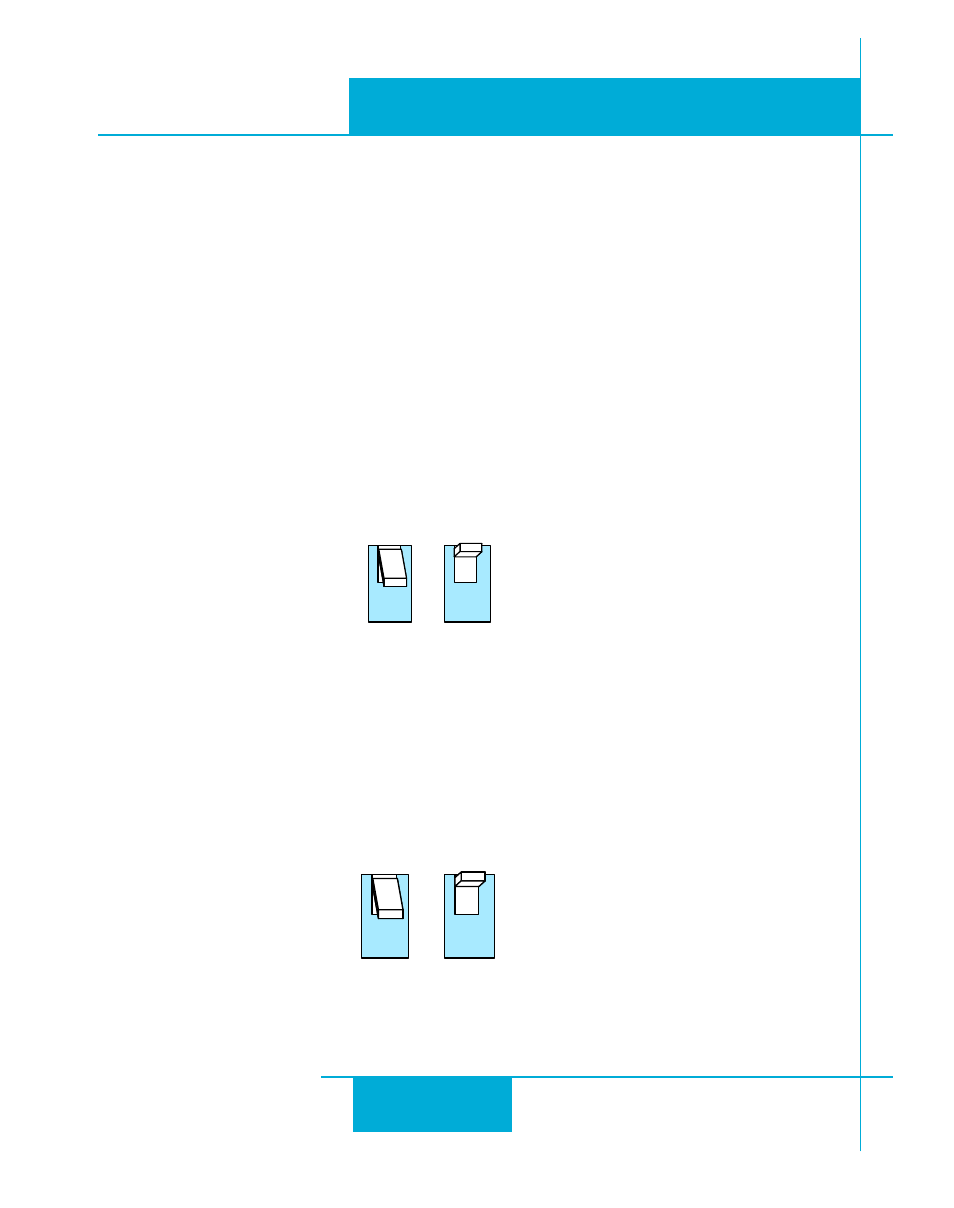Step 7: step pulse noise filter, Self test, 22 str2 hardware manual – Applied Motion STR2 User Manual
Page 22: 1on 1 off self test

22
STR2 Hardware Manual
920-0059B
1/30/2014
Step 7: Step Pulse Noise Filter
Just when you thought there couldn’t be any more to know about step signals, we present one
more setting for your consideration. Electrical noise can affect the STEP signal in a negative way,
causing the drive to think that one step pulse is two or more pulses. This results in extra motion
and inaccurate motor and load positioning. To combat this problem, the STR drives include
a digital noise filter on the STEP and DIR inputs. There are two settings for this filter: 150 kHz
works well for most applications,. If you are operating the STR2 at a high number of steps/rev
and at high motor speeds, you will be commanding the drive at step rates above 150 kHz. In
such cases, you should use the 2 MHz setting as shown below. The step noise filter is controlled
by switch 4 of the small bank of switches.
Your maximum pulse rate will be the highest motor speed times the steps/rev. For example, 40
revs/second at 20,000 steps/rev is 40 x 20,000 = 800 kHz. Please consider this when deciding if
you must increase the filter frequency.
Self Test
If you are having trouble getting your motor to turn, you may want to try the built-in self test.
Anytime switch A1 is moved to the ON position, the drive will automatically rotate the motor
back and forth, 2.5 turns in each direction. This feature can be used to confirm that the motor is
correctly wired, selected and otherwise operational.
1
ON
1
OFF
SELF TEST
2
150
KHZ
2
2.0
MHZ
